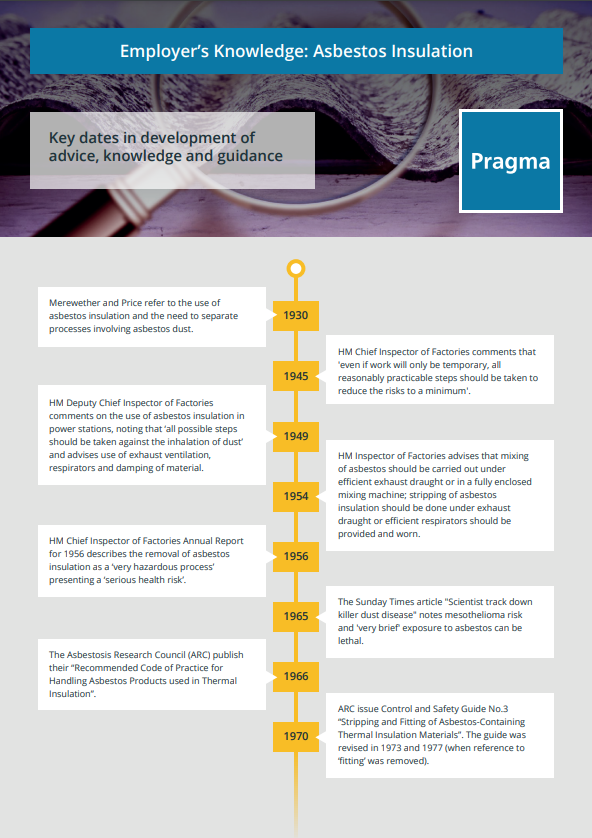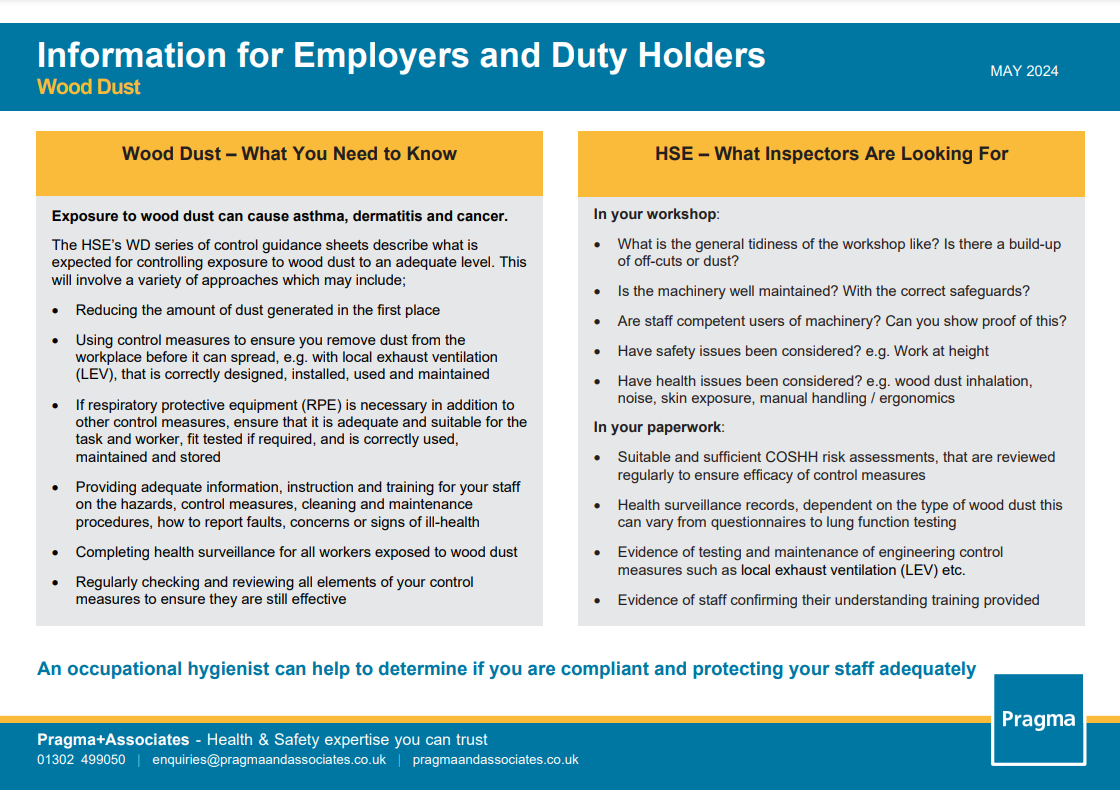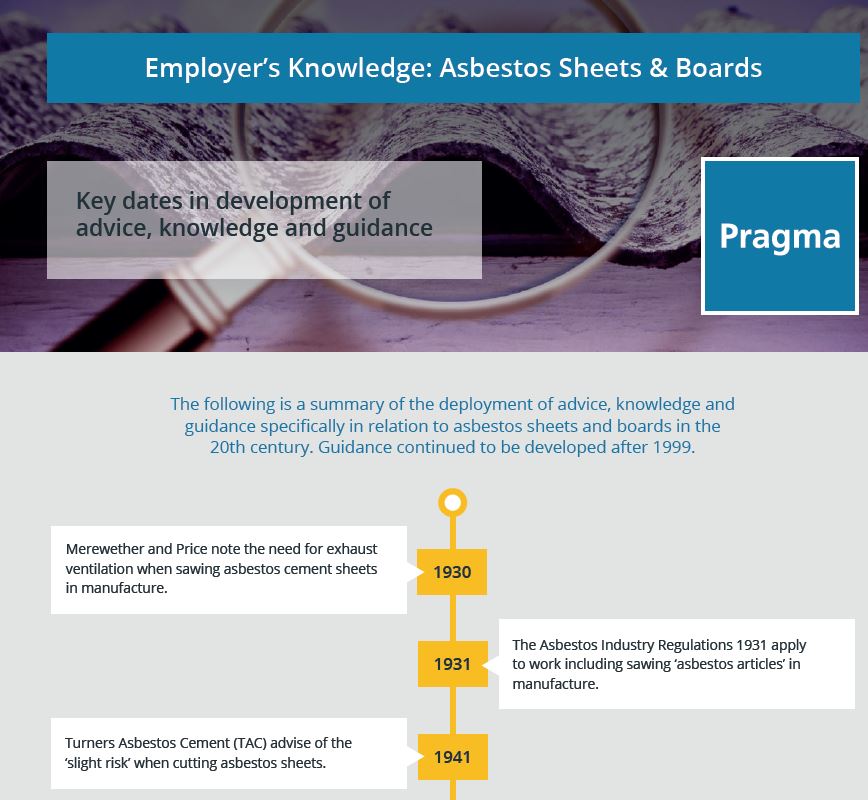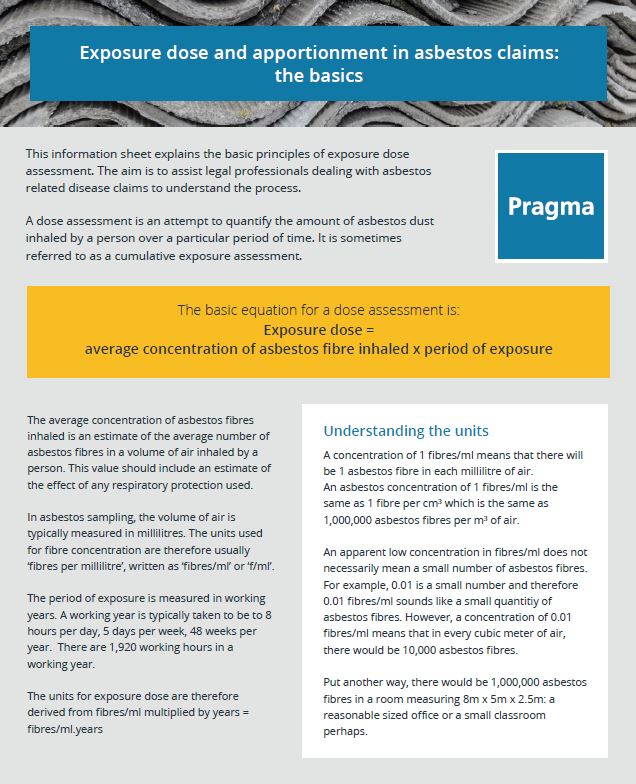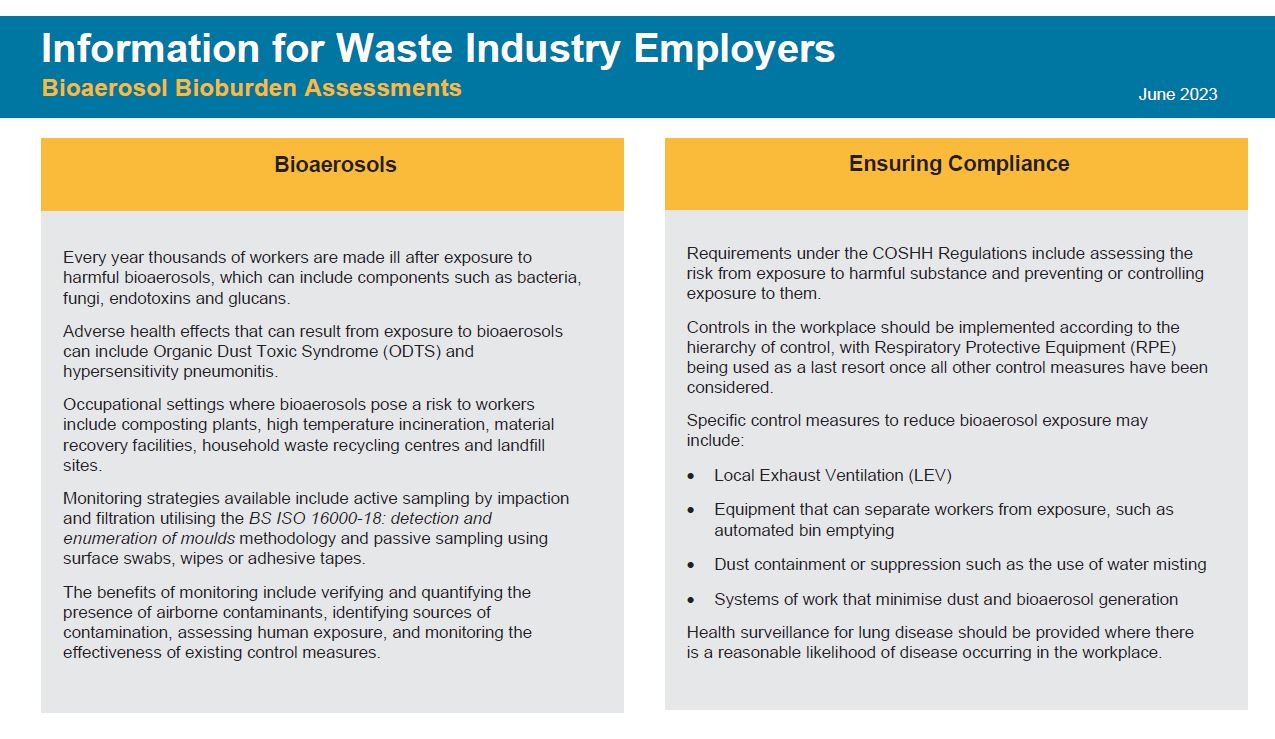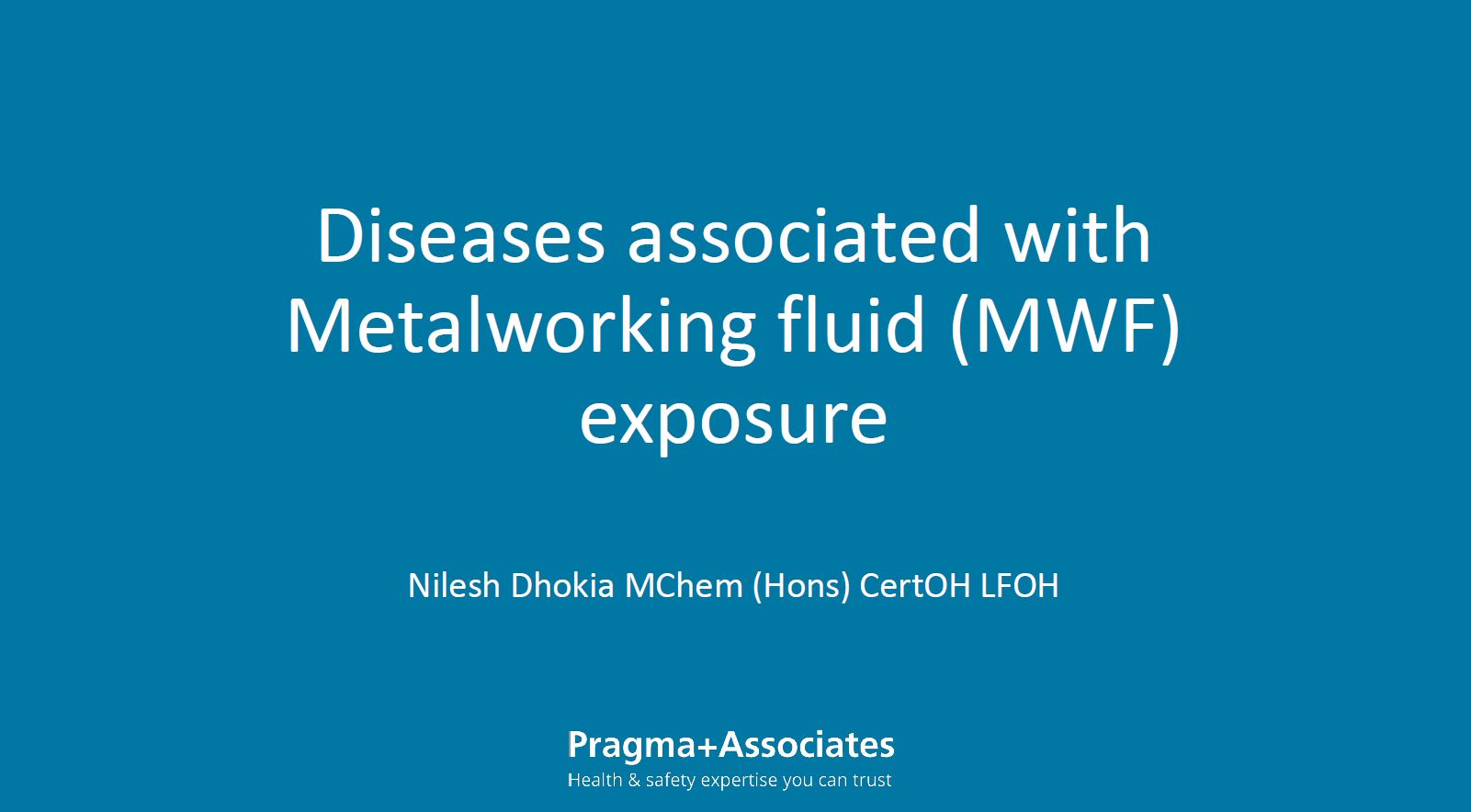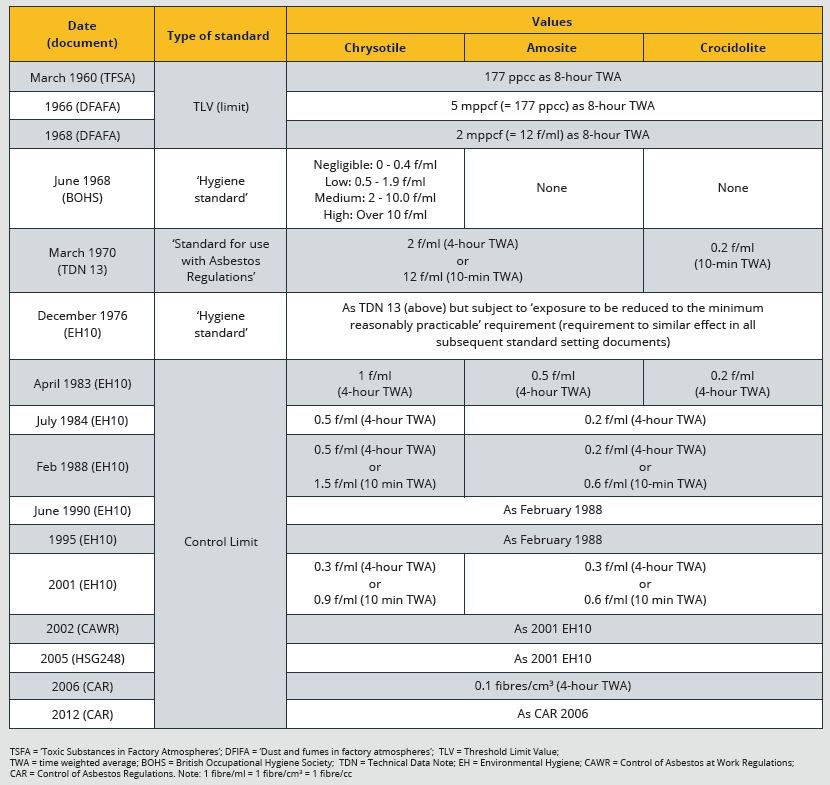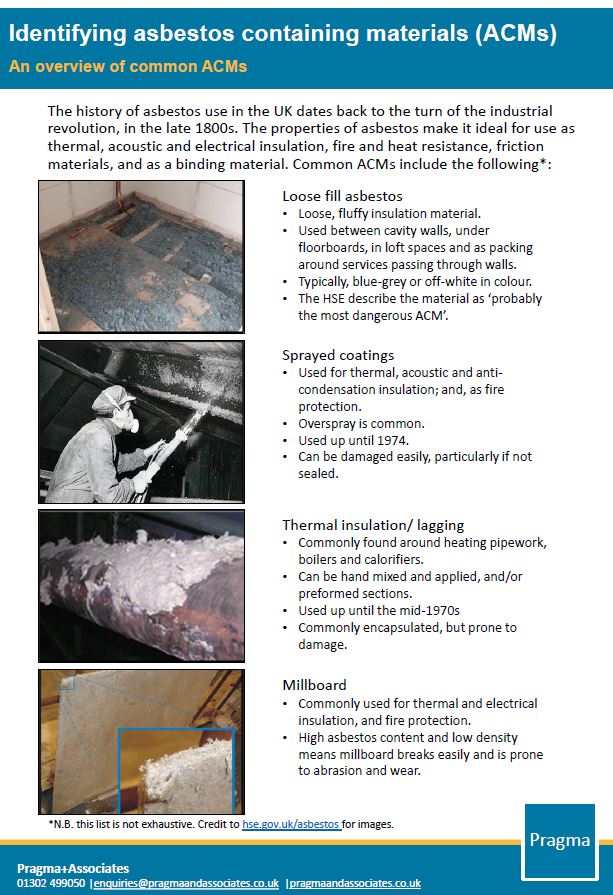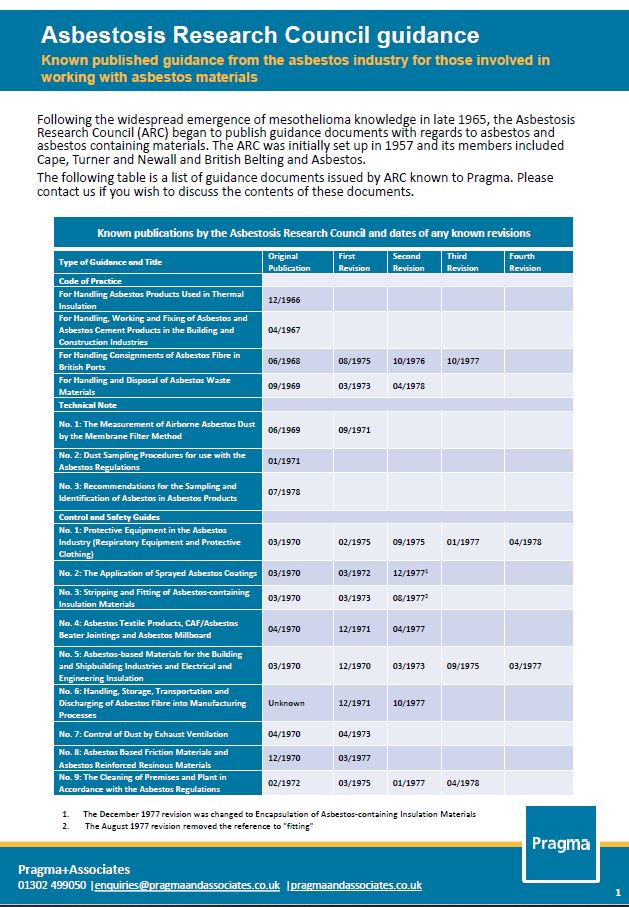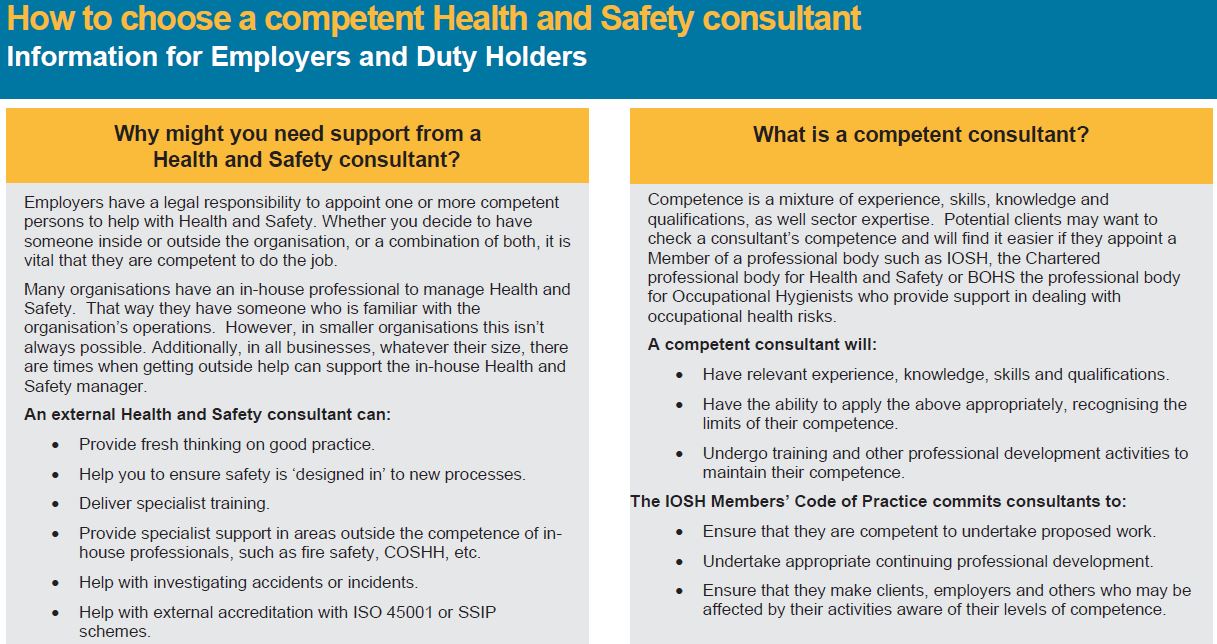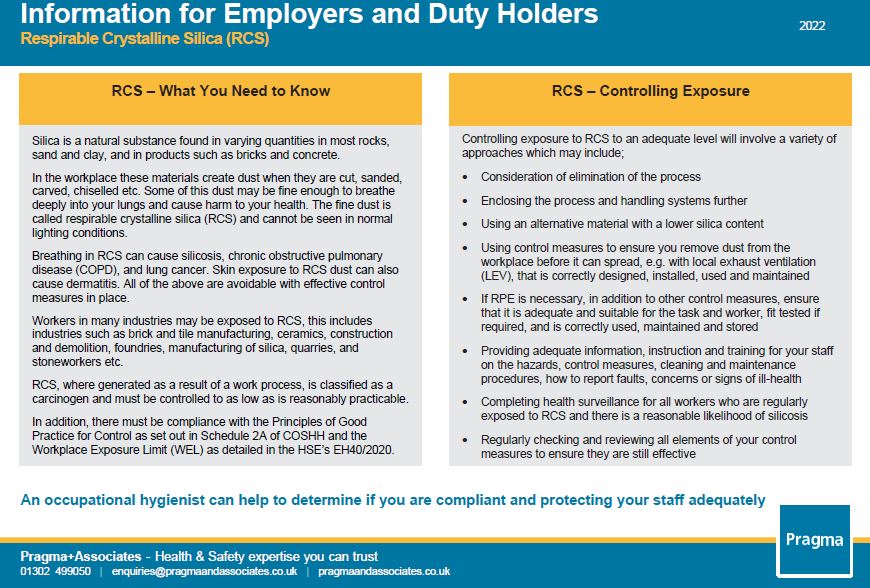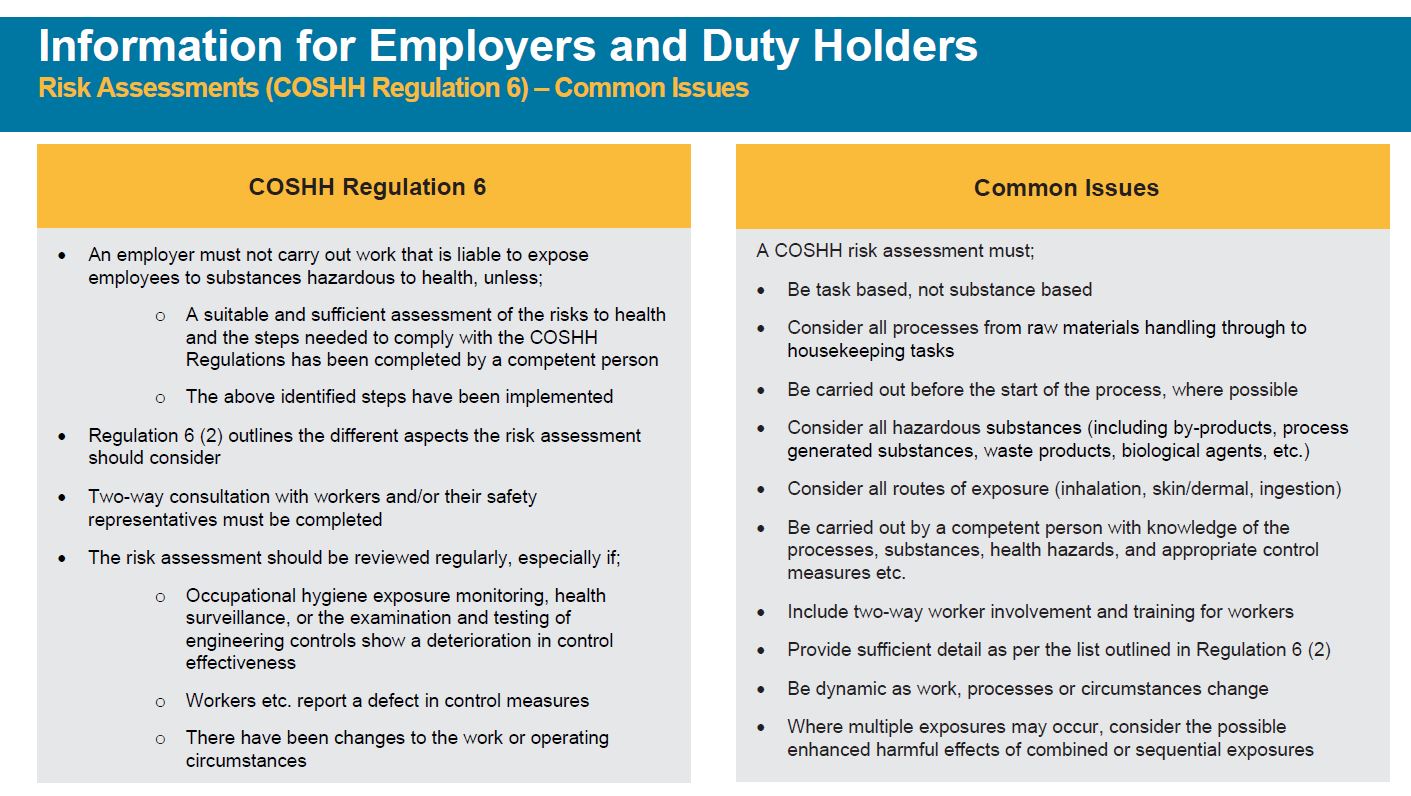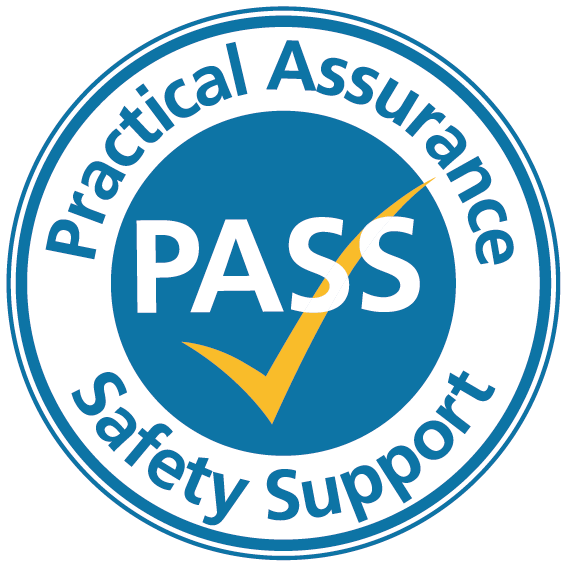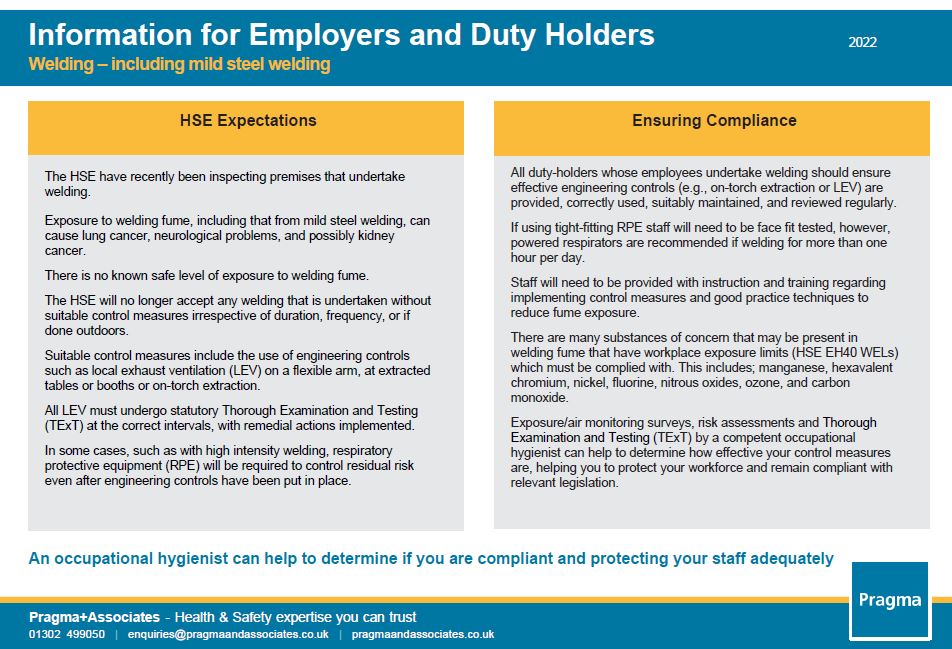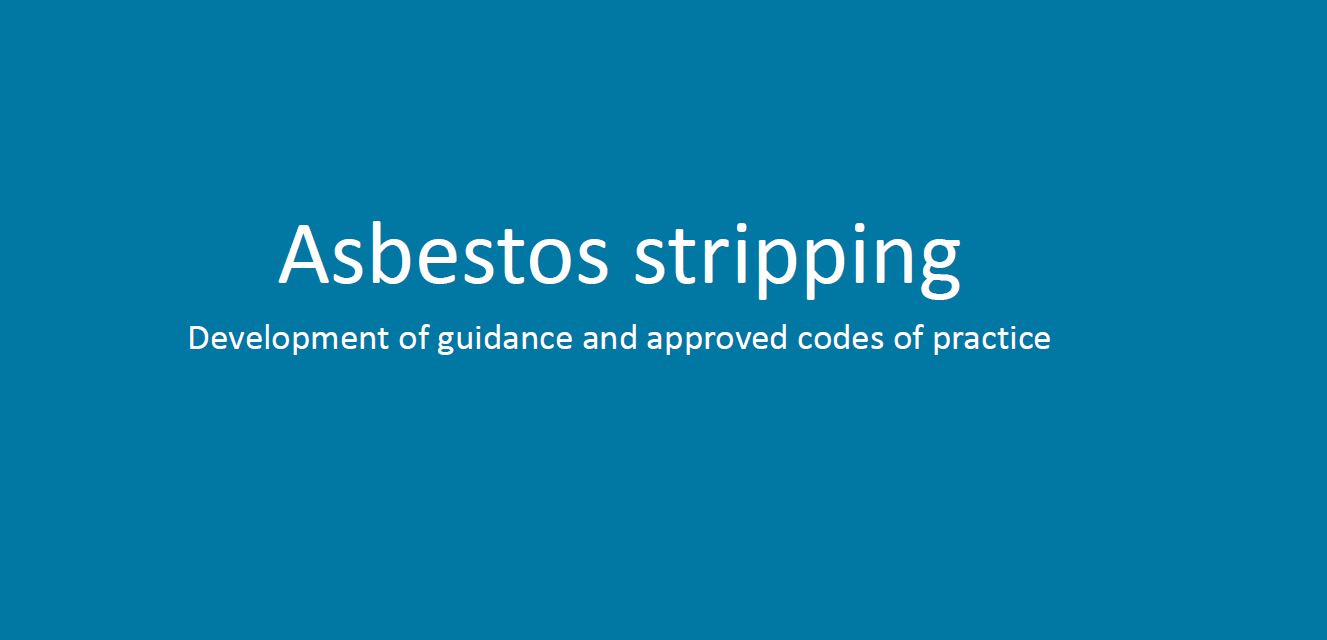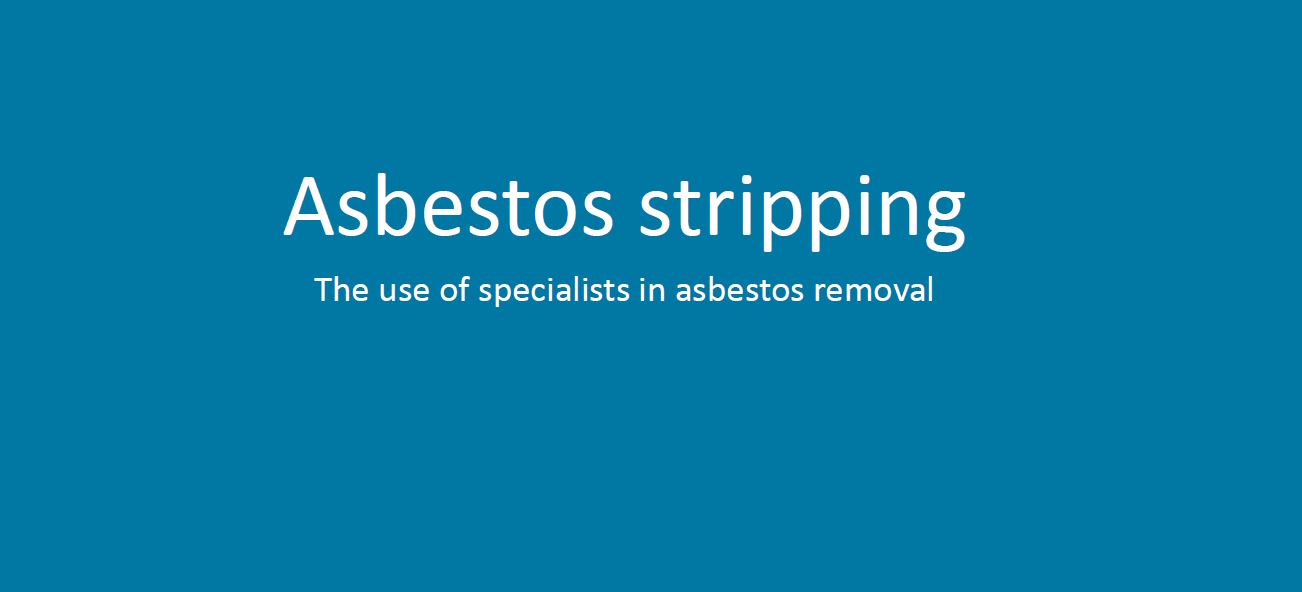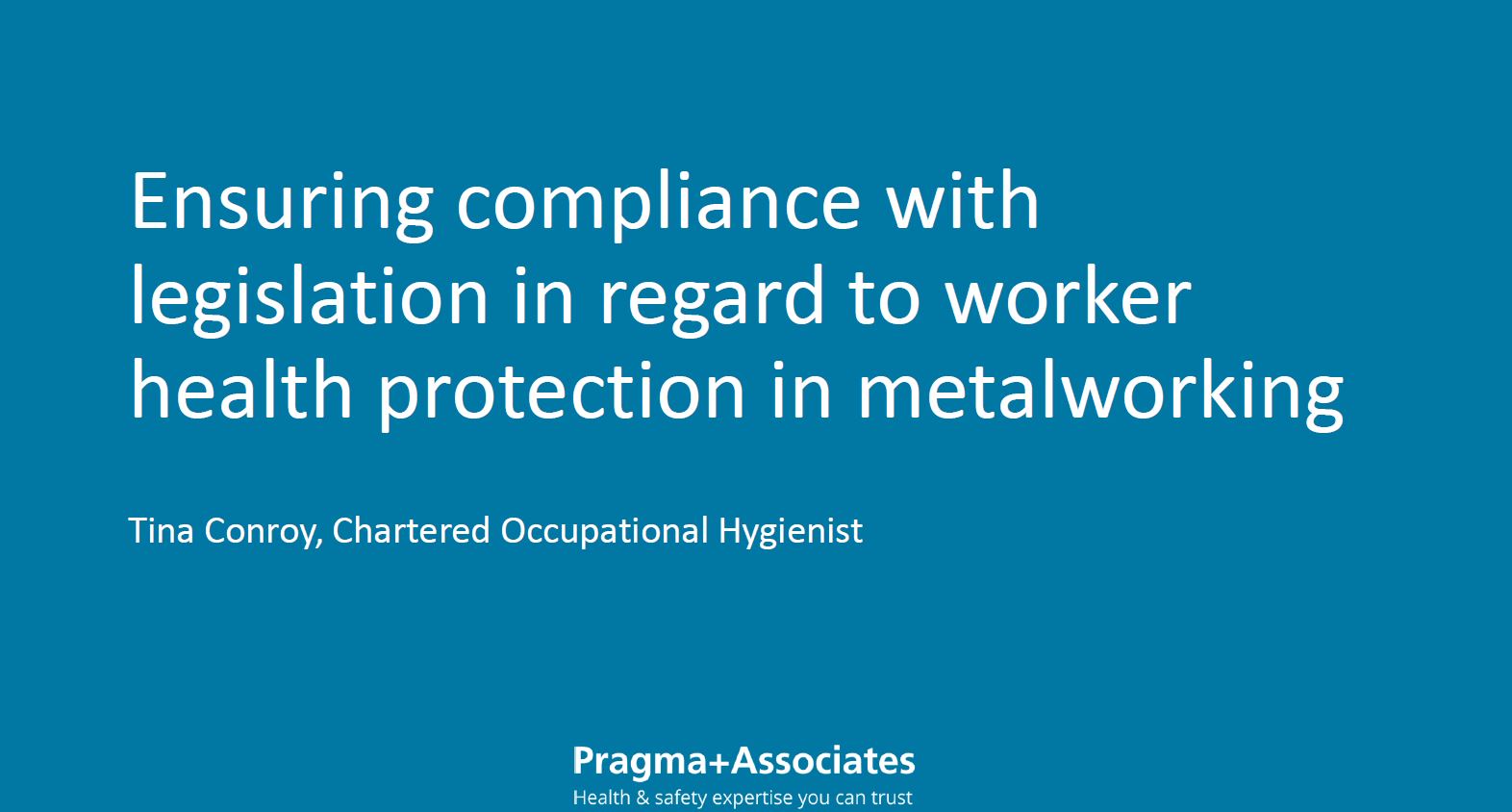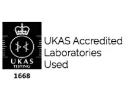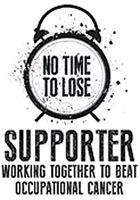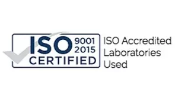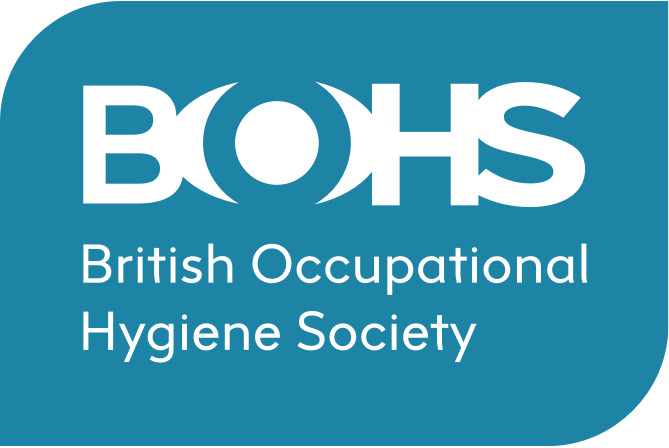-
25 Jul 2024
Resources
Occupational respiratory disease: key facts for solicitors
Key facts for solicitors regarding the number of people suffering from occupational respiratory disease can be seen in the resource here. We have seen an increase in respiratory disease cases...
More -
07 Jun 2024
Resources
HSE committee sheds light on potential future incidence of Noise Induced Hearing Loss (NIHL)
Our one page summary considers a report by the Health and Safety Executive's (HSE's) Workplace Health Expert Committee (WHEC) which deals with the estimated current and future prevalence of noise...
More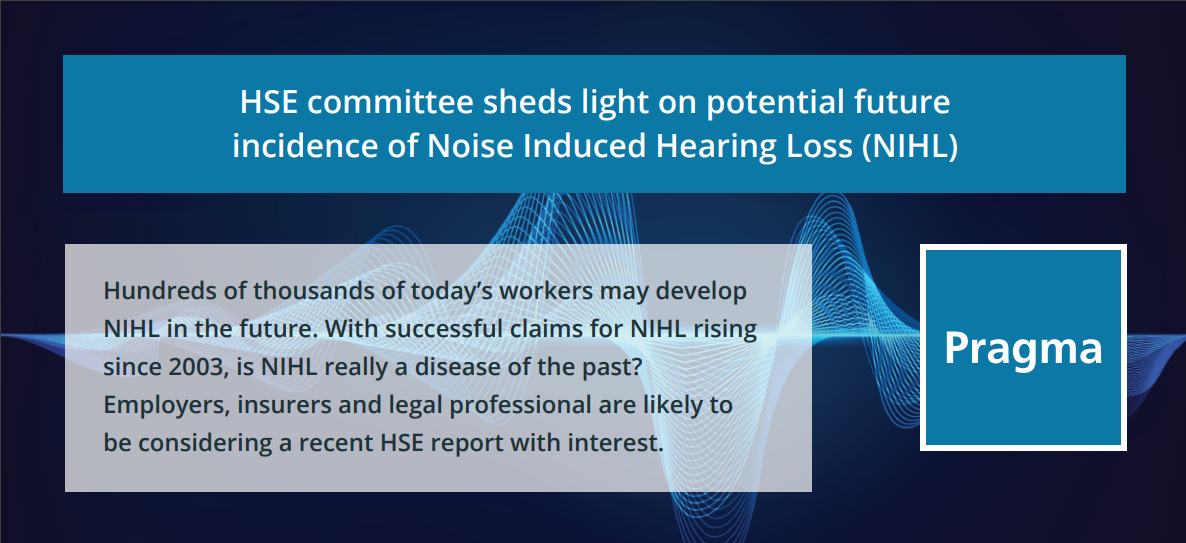
-
21 May 2024
Resources
Date of Knowledge: Asbestos Insulation Materials
Asbestos insulation (or 'lagging') was used in many different environments throughout the 20th century and the advice and guidance available to employers in relation to work involving asbestos insulation materials...
More -
20 May 2024
Resources
Occupational causes of lung cancer
Our Chartered Occupational Hygienist, Tina Conroy, presented a scientific poster at the British Thoracic Oncology Group (BTOG) conference in Belfast recently. Tina’s poster entitled ‘Occupational causes of lung cancer: Current...
More -
17 May 2024
Resources
Wood dust – are you compliant?
Exposure to wood dust can cause asthma, dermatitis and cancer. Our one page summary outlines what employers and duty-holders need to know about exposure to wood dust. This includes details...
More -
12 May 2024
Resources
Fit test information for respiratory protective equipment (RPE) wearers
If you are considering booking a fit test for your respiratory protective equipment (RPE), or have a fit test upcoming, please download and read our fit testing information document. If...
More -
08 Feb 2024
Resources
Date of Knowledge: Asbestos Boards
The advice and guidance available to employers in relation to work involving asbestos boards has developed over time. Our resource gives an overview of the key dates of the development...
More -
18 Jan 2024
Resources
Dose assessments in asbestos cases
Our dose assessment resource provides a basic overview of dose assessments in asbestos cases and how we approach them. For further information, or to discuss dose assessments with an expert,...
More -
14 Nov 2023
Resources
Updated advice for metalworking fluid (MWF)
The HSE continue to inspect premises that use Metalworking Fluids (MWF). Exposure to MWF can cause occupational asthma, hypersensitivity pneumonitis, skin irritation and dermatitis. All of these are avoidable with...
More -
26 Jun 2023
Resources
Bioaerosols in the waste industry
Our one-page summary provides information regarding bioaerosols for employers and duty-holders in the waste industry. An occupational hygienist can help you to implement steps to compliance and protect your staff...
More -
12 May 2023
Resources
Metal working fluids guide for solicitors part 2
The second part of our MWF series of presentations focuses on the diseases associated with MWF. If you are interested in learning more about MWF, please contact us.
More -
21 Apr 2023
Resources
Metal working fluids guide for solicitors
The number of workers using metal working fluids (MWF) is increasing. Part 1 of our MWF guide for solicitors gives an introduction to the diseases caused by exposure to MWF...
More -
14 Apr 2023
Resources
Pragma expert witness team
Our expert witness team summary gives a brief overview of each of our expert's industry experience and a link to their individual website profiles and CVs. For more information about...
More -
22 Mar 2023
Resources
Occupational Hygiene standards and limits relevant to asbestos
This resource provides an overview of the numerical values of the occupational hygiene standards and limits relevant to asbestos that have been referred to in the UK. No attempt should...
More -
21 Mar 2023
Resources
Identifying asbestos containing materials (ACMs): an overview of common ACMs
As seen in the recent cases of Briggs v Drylined Homes Ltd and White v Secretary of State for Health and Social Care, the Courts can often place focus on...
More -
14 Mar 2023
Resources
Work related factors that can double the risk of Carpal Tunnel Syndrome
Our resource on Carpal Tunnel Syndrome (CTS) provides an overview of the risk factors for the development of CTS and the work factors that can 'double the risk'. For further...
More -
13 Feb 2023
Resources
Exposure dose and apportionment in asbestos claims: the basics
In some cases, it may be necessary to estimate a person's cumulative asbestos exposure (also referred to as exposure dose). Our information sheet provides a basic overview of dose assessments...
More -
16 Jan 2023
Resources
Guidance from the asbestos industry in the 1960s and 1970s: A summary
In the 1960s and 1970s, the asbestos industry (through the Asbestosis Research Council) published a number of Codes of Practice, Technical Notes and Control and Safety Guides aimed at users...
More -
07 Dec 2022
Resources
How to choose a competent Health and Safety Consultant: Information for duty holders
Our one-page summary outlines what employers and duty holders should know when choosing a Health and Safety Consultant. The HSE state that employers have a legal responsibility to “appoint one...
More -
28 Oct 2022
Resources
LEV in Foundries: HSE Research Report RR1115
Our one page summary provides information regarding LEV for employers and duty-holders at foundries, following the HSE’s Research Report RR1115. We discuss the design, use and maintenance of LEV, and outline...
More -
01 Sep 2022
Resources
Silica in brickmaking and stonemasonry: complying with HSE requirements
Our one-page summary outlines what employers and duty-holders should know about Respirable Crystalline Silica (RCS) and information on how to adequately control exposure in the workplace. Workers in many industries may be...
More -
05 Aug 2022
Resources
Risk Assessments (COSHH Regulation 6) issues
COSHH is the law that requires employers to control substances that are hazardous to health. Our one-page summary outlines the main requirements of COSHH Regulation 6 in relation to risk...
More -
28 Jun 2022
Resources
PASS self assessment checklist
Have you tried our PASS self assessment checklist? It only takes 10 minutes to complete and gives you reassurance that you are managing your Health and Safety effectively. Please download...
More -
17 Jun 2022
Resources
Updated advice for metalworking fluid (MWF)
The HSE have recently been inspecting premises that use Metalworking Fluids (MWF). Exposure to MWF via inhaled mist can cause occupational asthma and hypersensitivity pneumonitis in workers. Skin exposure to...
More -
16 May 2022
Resources
Respirable Crystalline Silica (RCS) – Information for Employers and Duty Holders
Our one-page summary outlines what employers and duty-holders should know about Respirable Crystalline Silica (RCS), and information on how to adequately control exposure in the workplace. Workers in many industries...
More -
21 Apr 2022
Resources
Updated advice for welding compliance
The HSE have recently been inspecting premises that undertake welding. There is no known safe level of exposure to welding fume, including that from mild steel welding. The HSE will...
More -
31 Mar 2022
Resources
HSE research into asbestos exposure to workers in the removal industry
HSE research on asbestos exposure to licensed asbestos removal workers highlights three main findings: (1) Asbestos fibres were present in airborne fibre samples. (2) Some airborne fibre concentrations measured in...
More -
22 Mar 2022
Resources
The development of guidance on asbestos stripping
Ian Glendenning gave a presentation about the development of guidance on asbestos stripping at our asbestos technical meeting earlier this month. You can access the slides here.
More -
17 Mar 2022
Resources
Asbestos removal presentation by Dave Maddison
Dave Maddison recently gave a presentation to our experts about the use of specialists in asbestos removal, based on his experience managing asbestos removal projects. You can access the slides...
More -
15 Mar 2022
Resources
Analytical monitoring
Tim Wallis gave a presentation about analytical monitoring, based on his experience, to our experts at our recent asbestos technical meeting. You can access the slides here.
More -
14 Mar 2022
Resources
Worker health protection in metal working
Tina Conroy was pleased to present at the Safety & Health in Foundries Targets Initiative (SHIFT) forum last week on the topic of worker health protection in metalworking. Please take...
More -
15 Feb 2022
Resources
A Summary: The Control of Substances Hazardous to Health (COSHH) Regulations, 2002
COSHH is the law that requires employers to control substances that are hazardous to health. Our one-page summary outlines some of the main regulations and summarises Schedule 2A for employers...
More

